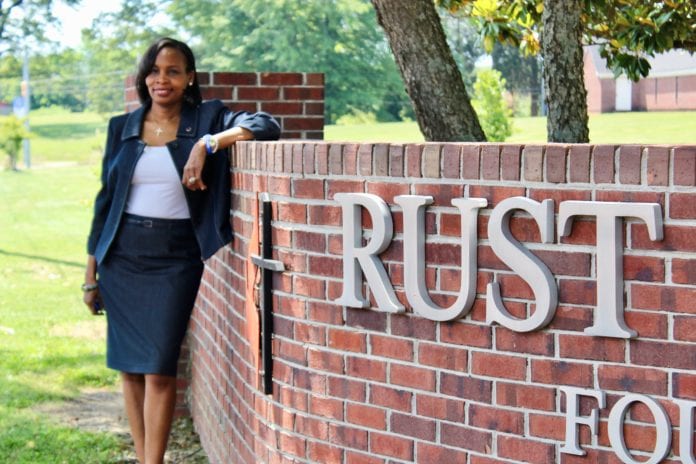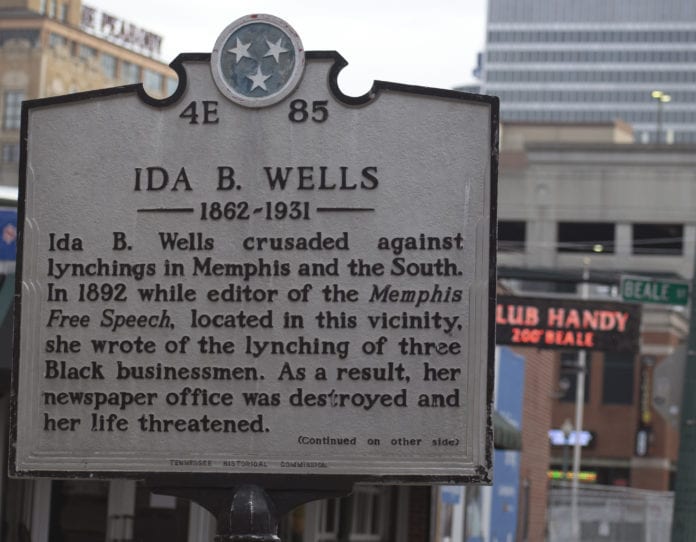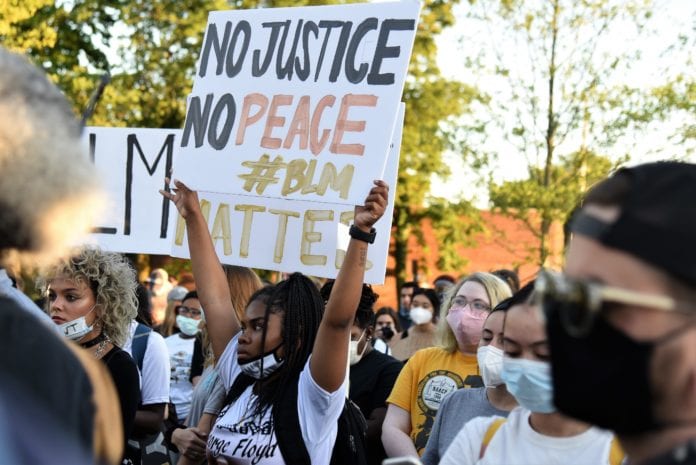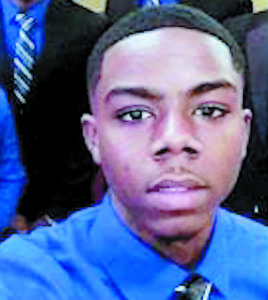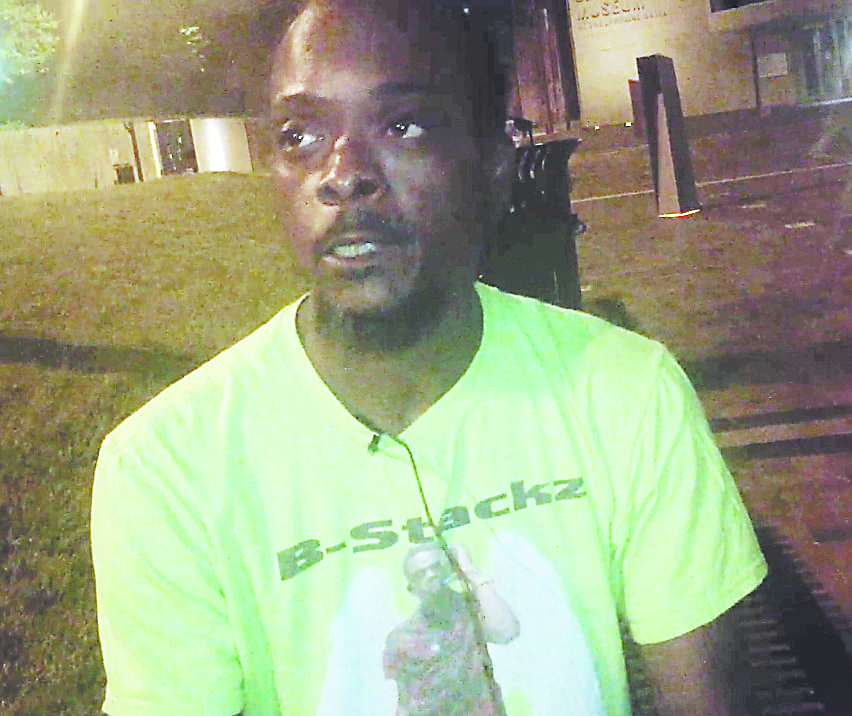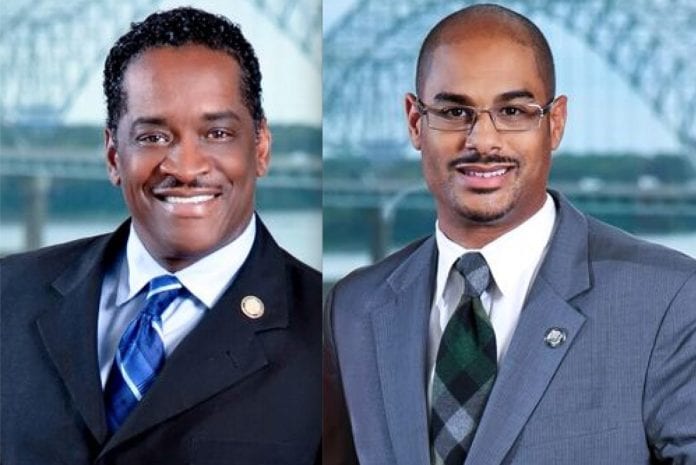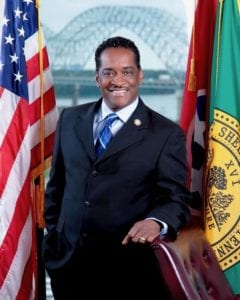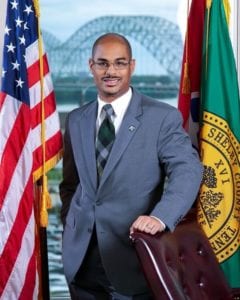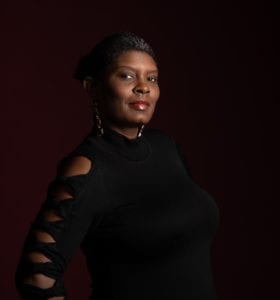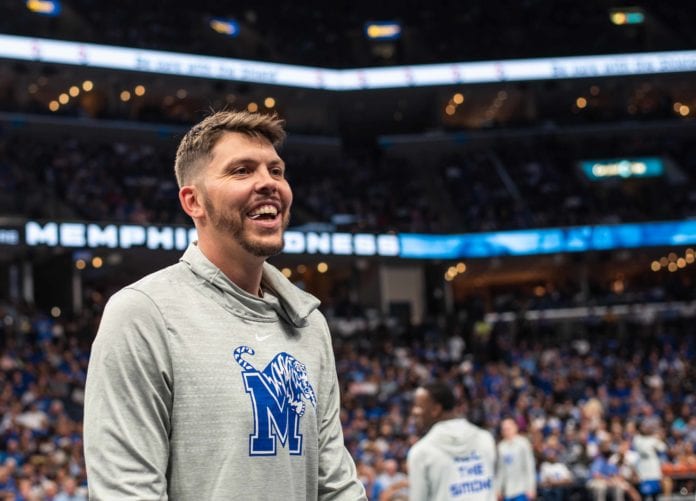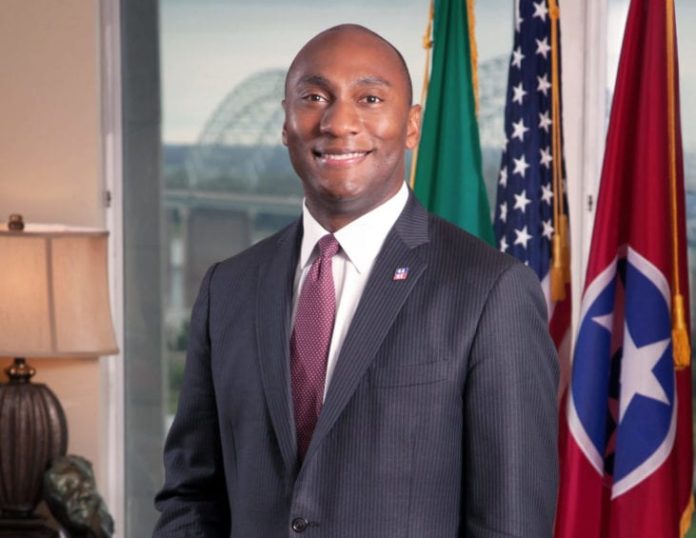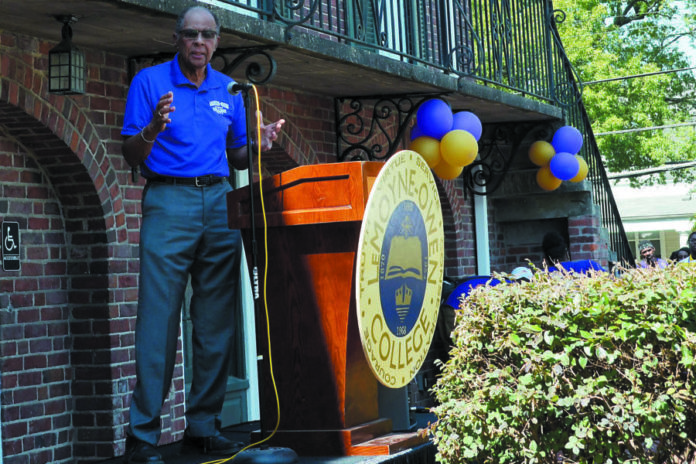How does one go from being mayor of a major city to being president of a small HBCU in rural Mississippi?
It’s a question Dr. Ivy Taylor has answered frequently since being tapped as the new president of Rust College in Holly Springs. Connecting the dots gets a lot simpler as the former mayor of San Antonio explains that a career in politics was never the endgame in the first place.
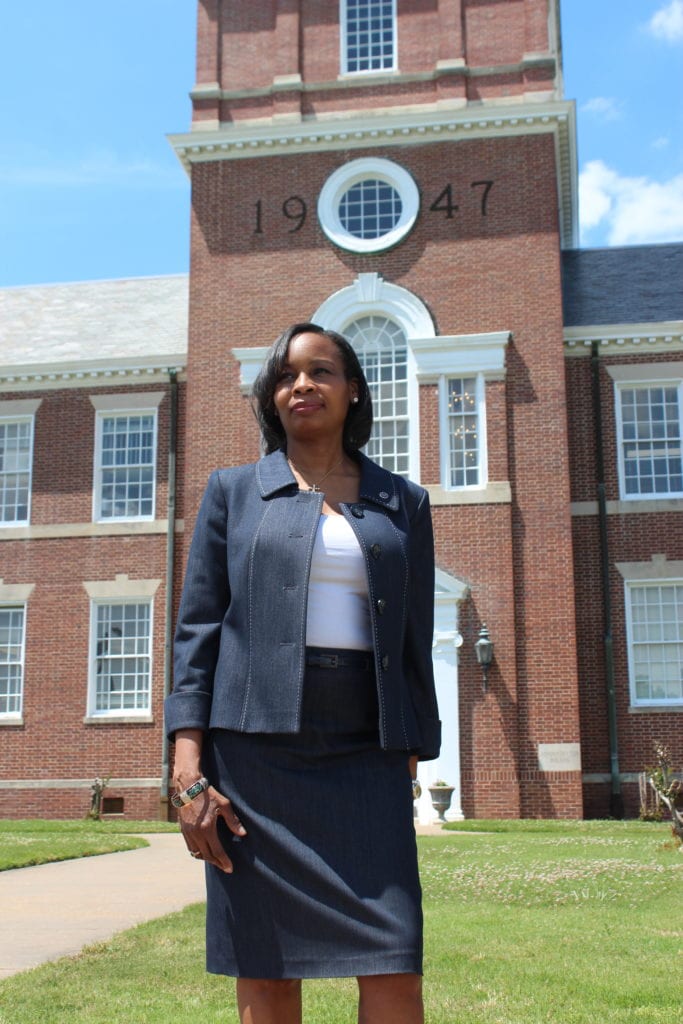
“Once you run for office, once you get labeled a politician, people think that’s all you want to to do,” Taylor said in a TSD interview on her second day on the job. “I never aspired to actually serve in office.
“I am an urban planner,” she continued. “My background is in city planning and community development. For many years, I was focused on making places better – how do we connect institutions to create places where people thrive? At a certain point, I realized it would be more effective to focus on people – and education is a way to do that.”
At a glance, her resumé seems eclectic. But in many ways, it also seems tailored for her new role at Rust. Her work in planning should help the school upgrade and improve student housing. As mayor, Taylor developed executive experience and important relationships. And her doctoral work centered on how HBCUs and their boards navigate accreditation and the fiscal challenges so many black colleges face these days.
“We believe the abilities she gained in nonprofit management and political leadership will be readily transferable to an academic setting,” said David Swinton, chair of Rust’s board of trustees, in a May statement.
A native of Queens, N.Y., Taylor earned a degree in American Studies from Yale University in 1992, followed by a Master’s Degree in City and Regional Planning from the University of North Carolina at Chapel Hill in 1998. She will formally receive an Ed.D. in Higher Education Management from the University of Pennsylvania in August.
She’s never attended an HBCU.
“I certainly recognize that folks may be a little bit skeptical that I didn’t attend an HBCU,” she said. “But I feel like it does give me a perspective that’s valuable just as far as knowing what (attending a non-HBCU) is like.”
But just two days in, she feels like she’s starting to get the experience now.
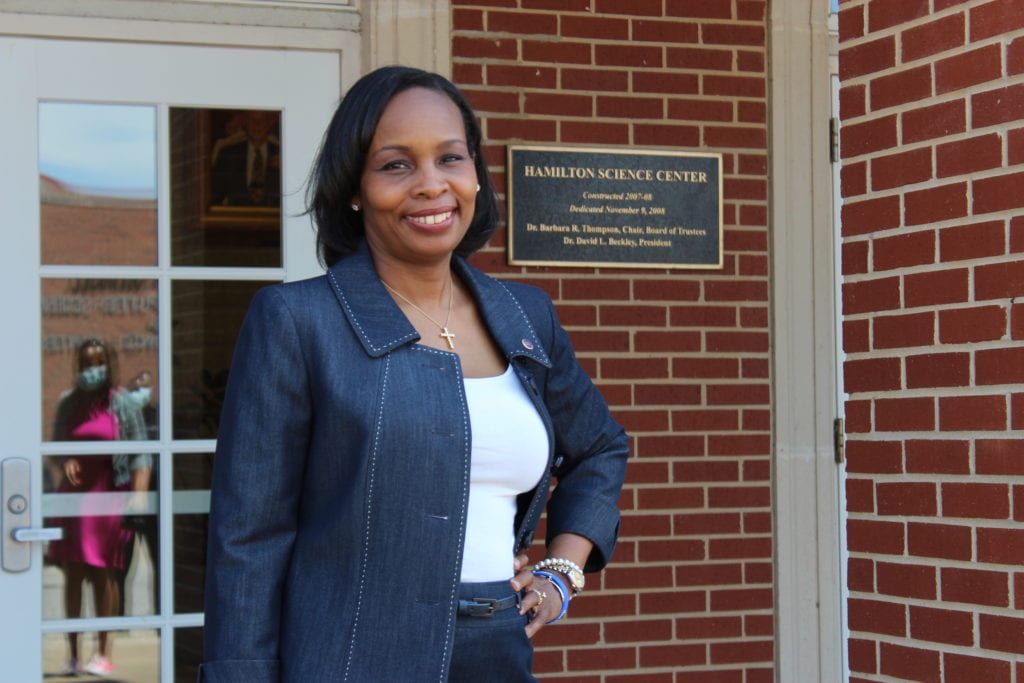
“Everybody’s been so welcoming and excited to have me here,” Taylor said. “And from what I’ve heard, Rust has a very family-oriented environment. People treat students like they’re part of their family.
“I did not get that at Yale,” she chuckled. “That did not happen.”
Taylor will spend her first few weeks observing, listening and assessing up close what the school’s needs are. She also intends to get to know the Rust Board of Trustees. Her entire hiring process was done via videoconference because of the pandemic.
Holly Springs Mayor Kelvin Buck was on the committee that selected Taylor. A Rust alum himself, Buck said that surveys of other alums revealed a pretty clear set of criteria to look for in a leader, and what the new president would need to focus on.
“We needed a president that understood what the future demands – an institution that is fully capable of maximizing technology as a means of communication as well as a means for education,” Buck said.
“That meant someone who understood the challenges of being able to raise the kind of funds that would allow us to improve and make our campus aesthetically pleasing,” he continued. “And certainly, a campus that has some of the latest technology as a part of every department.”
Those challenges were only exacerbated when the pandemic hit. Take student housing. At least one dorm, Davage Smith Hall, has a long history of bunking four students to a room – an already dated concept of campus life that seems completely obsolete in the age of social distancing.
And that’s assuming students come back to campus in numbers. The technology upgrades will be necessary for online classes should students stay away. Rust’s academic year usually starts in early August, and Taylor said the school is working furiously to have a plan for the fall semester.
“We are working to figure out the best path forward to ensure our students are safe, but also to continue to provide them a quality education,” she said. “Of course, our heart’s desires are for them to be back here in person, but we don’t know for sure whether that’s going to be feasible.
“We can’’t necessarily just do what other schools are doing because they have different resources, they may also have different pressures,” Taylor continued. “And so, though we are looking at what other schools are doing, we have to decide within the right context what makes the most sense.”
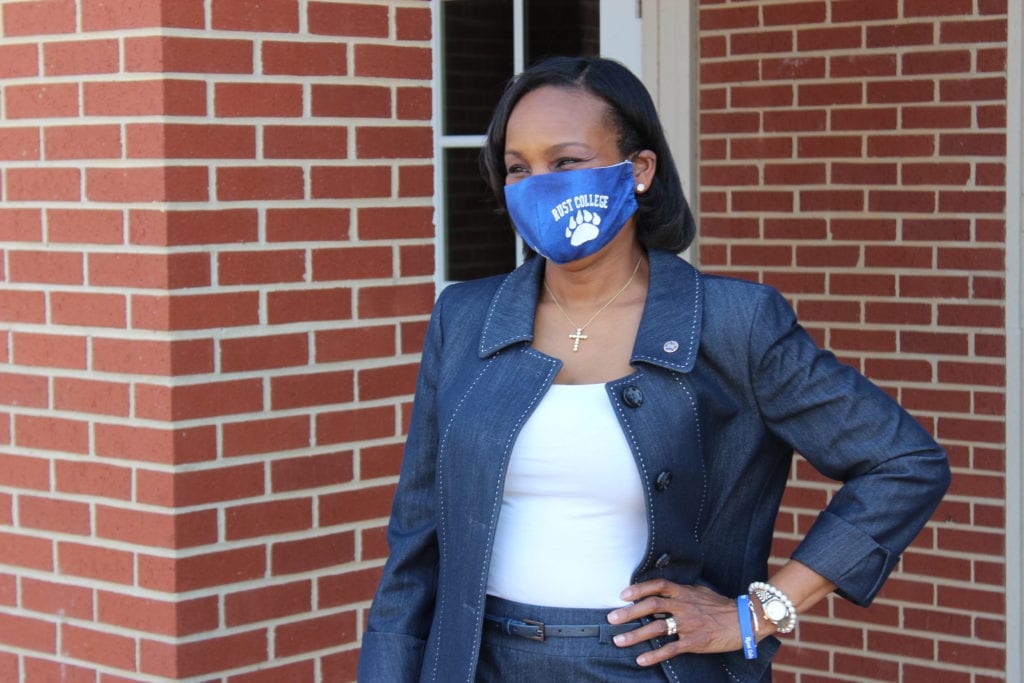
She’s also taking office in the wake of the police killing of George Floyd in Minneapolis and the protests that exploded across America in response. Given Rust’s history of student activism during the 1950s and 1960s, she welcomes the opportunity to help channel the energy into meaningful social change.
“I just think we need to be creative, to use the resources we have here at Rust to help our students envision how can they engage in making society a better place,” she said. “I mean, it’s hard not to get down when you look at what’s happening right now. But we need to help students to stay focused on the potential for the future.”
Buck said the committee reviewed 70 candidates.
“At the end of the day, Dr. Taylor’s a qualified person, male or female,” he said.
“I think the alumni understand that the process was fair, thorough, professional and transparent. I think everyone understands that and is looking forward to working with Dr. Taylor, as I do as mayor and as an alumni of Rust College.”


